Materials
Roland Kohler GmbH only uses high-quality materials. Nevertheless, it is important to observe a few principles to ensure the appearance and functionality of the furniture for as long as possible.
MASSIVE WOOD
We only use wood that comes from sustainable forestry and is FSC or PEFC certified.
All woods change colour under the influence of sunlight. It should therefore be avoided to expose solid wood to constant intense sunlight. Solid wood can be stained or varnished. In the case of staining, the wood (beech) retains its structure. Slight differences in colour can occur even with careful processing. Only water-based stains are used. The lacquered version completely covers the structure and grain of the wood. The lacquers used have a silky matt lustre.
HIGH-SHINE CHROME
High-gloss chrome is very resistant and gives the respective metal part optimum corrosion protection for indoor use. This surface is not suitable for outdoor use (terrace or garden). The layer thicknesses are 14 - 18 my nickel and approx. 0.3 my chrome on straight parts; they may be slightly lower on bends.
LEATHER
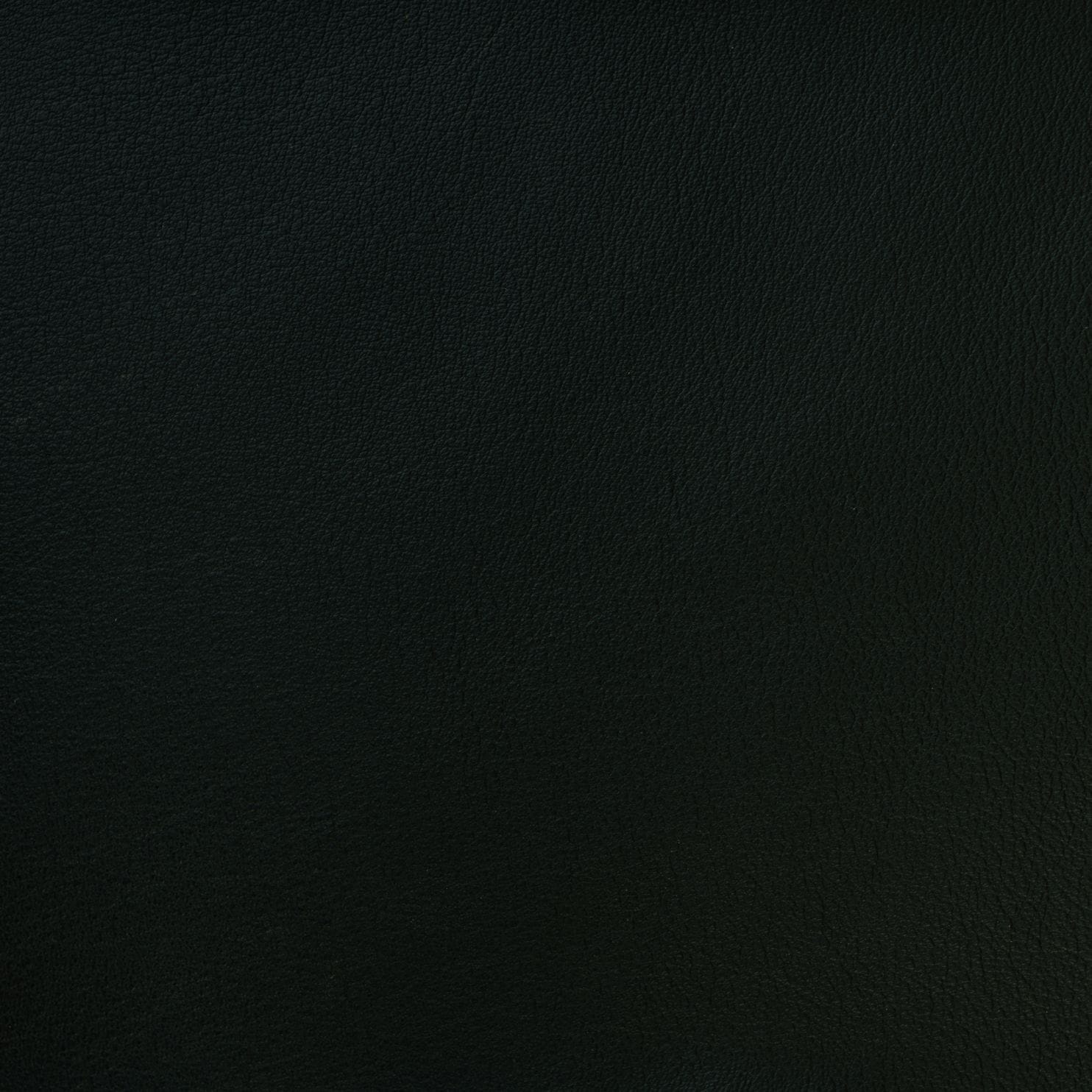
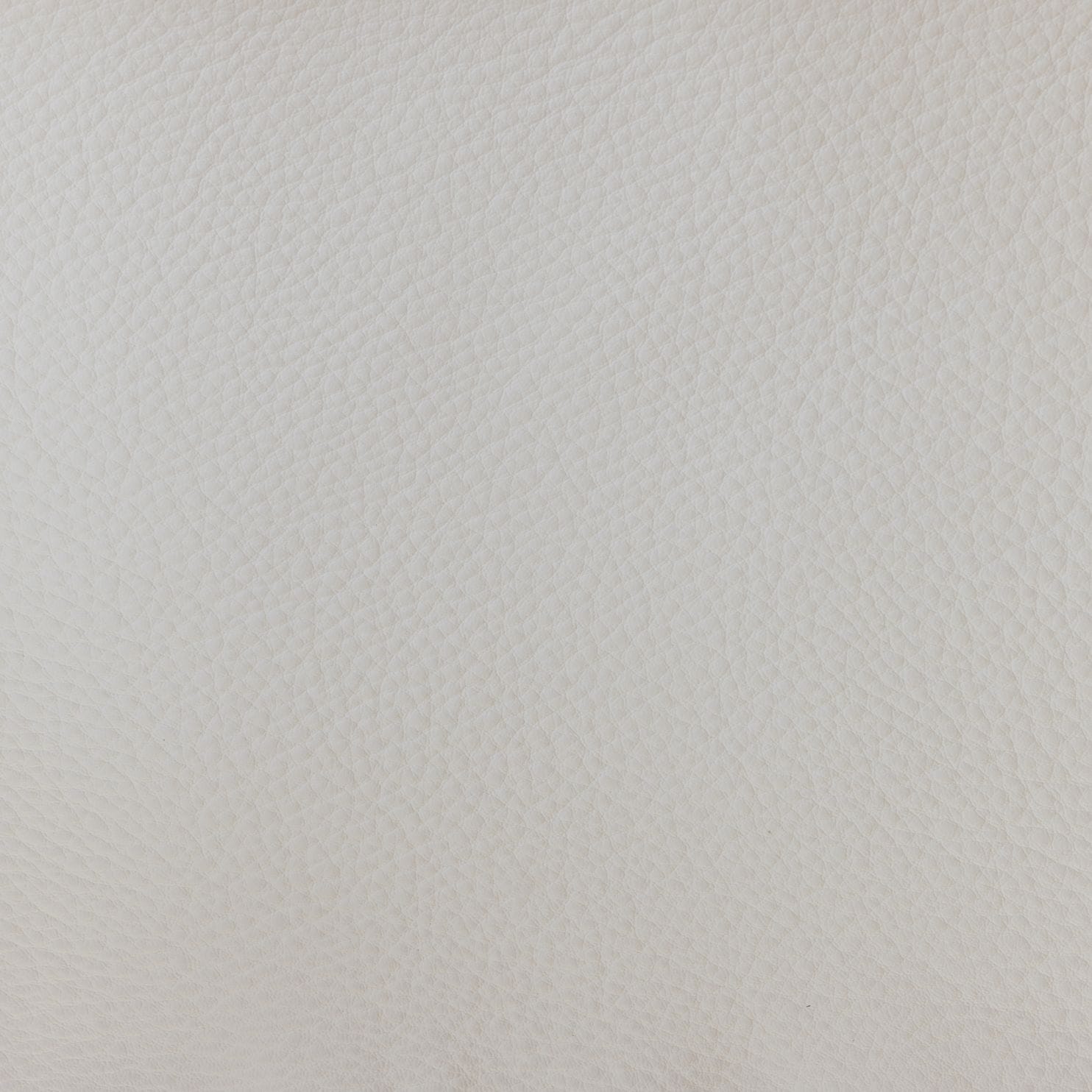
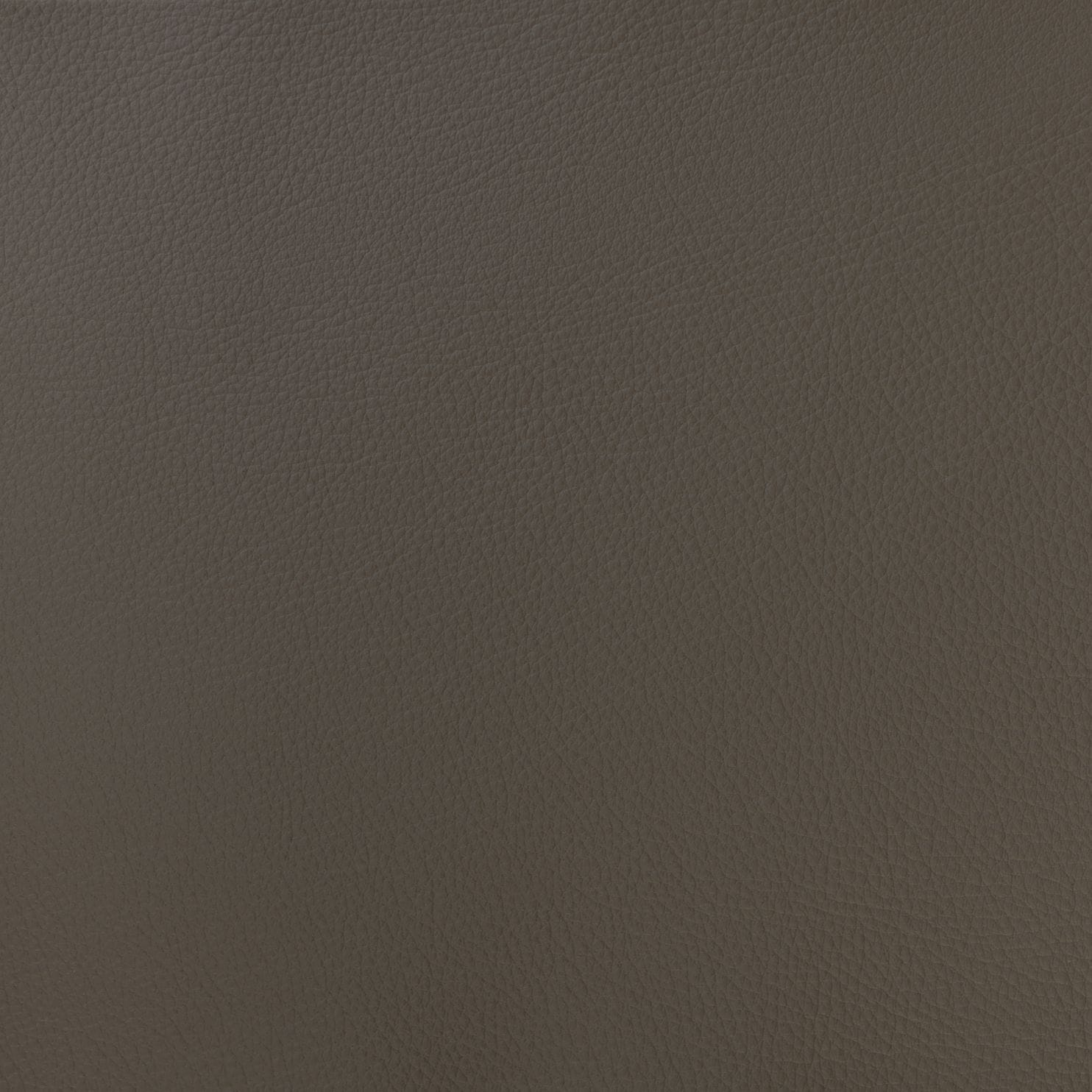
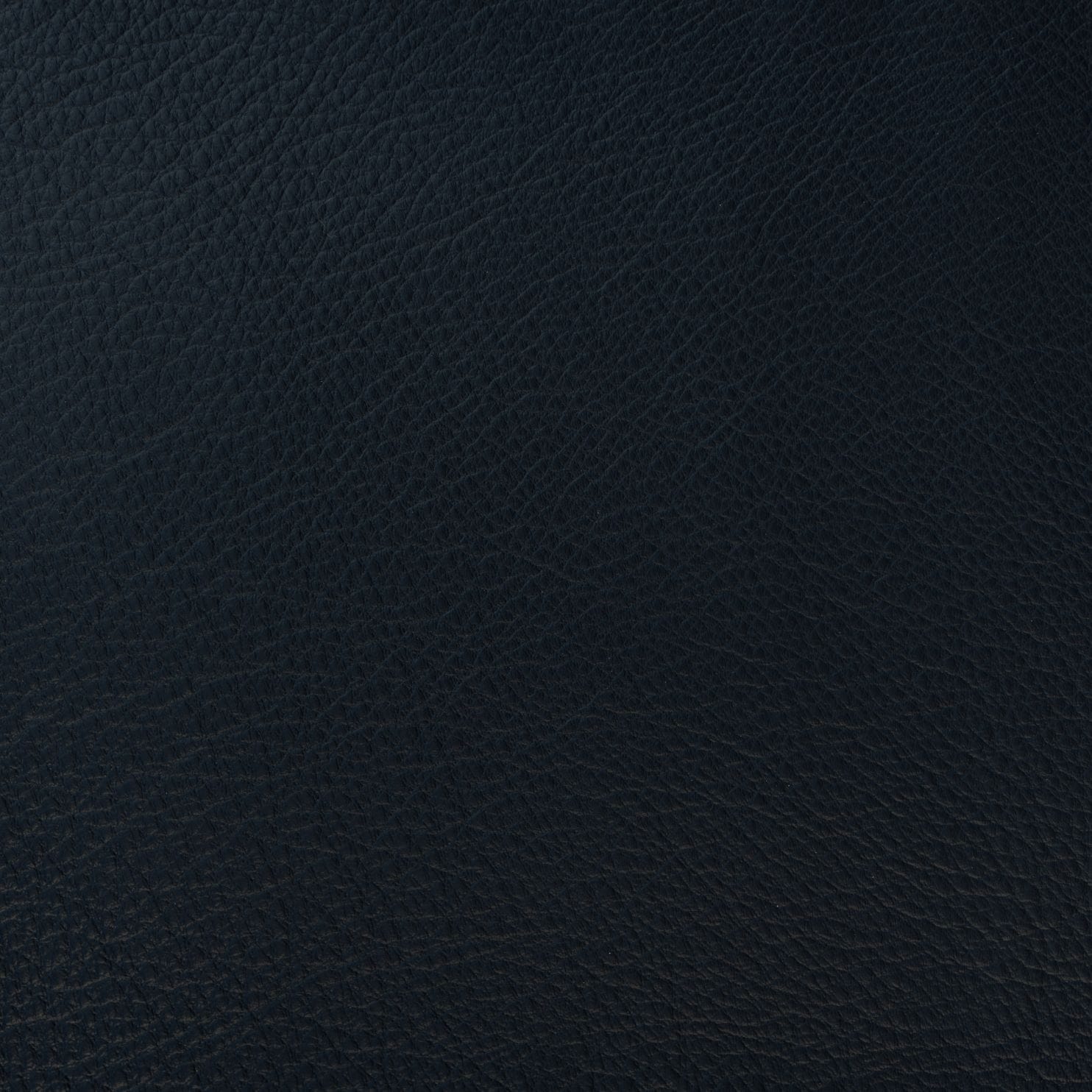
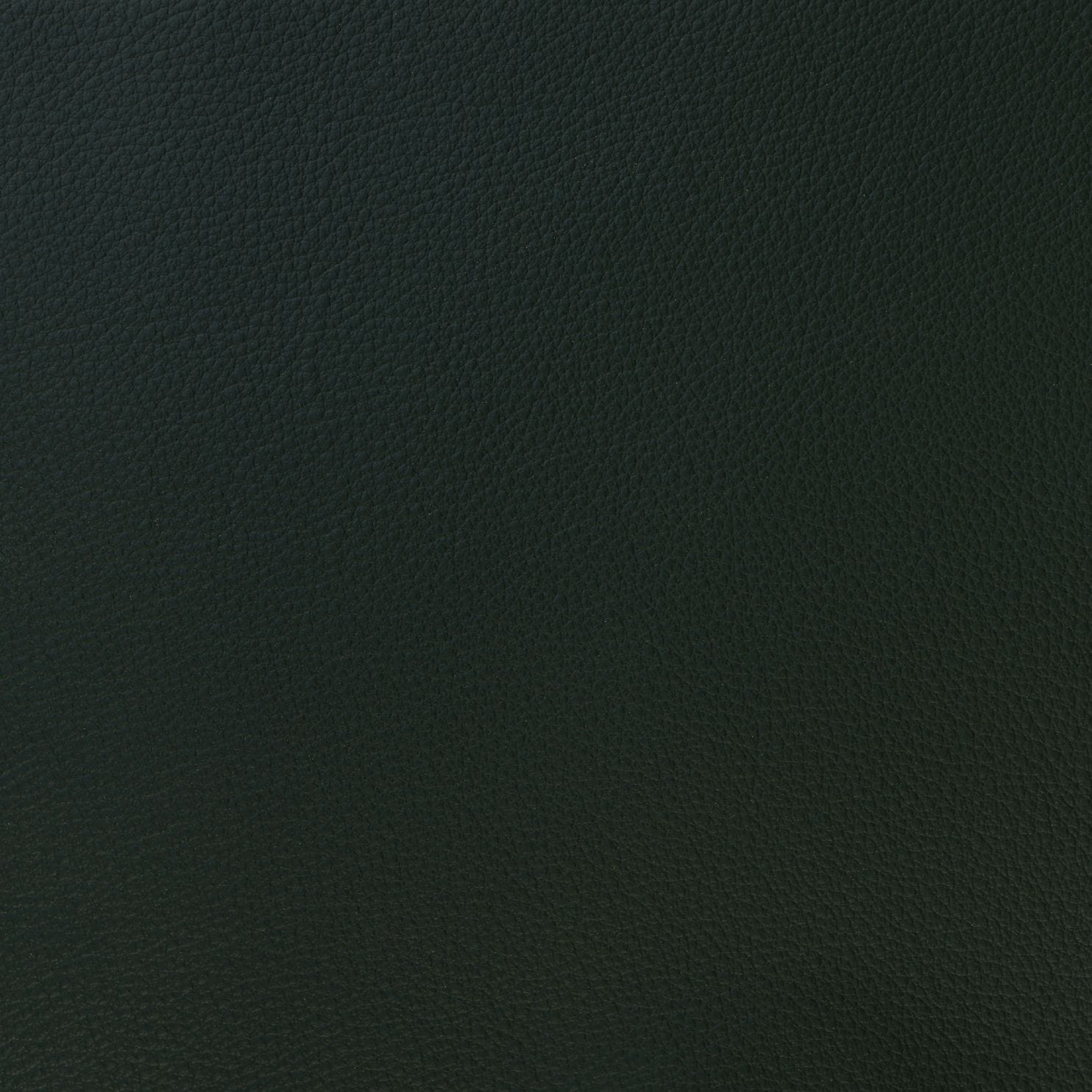
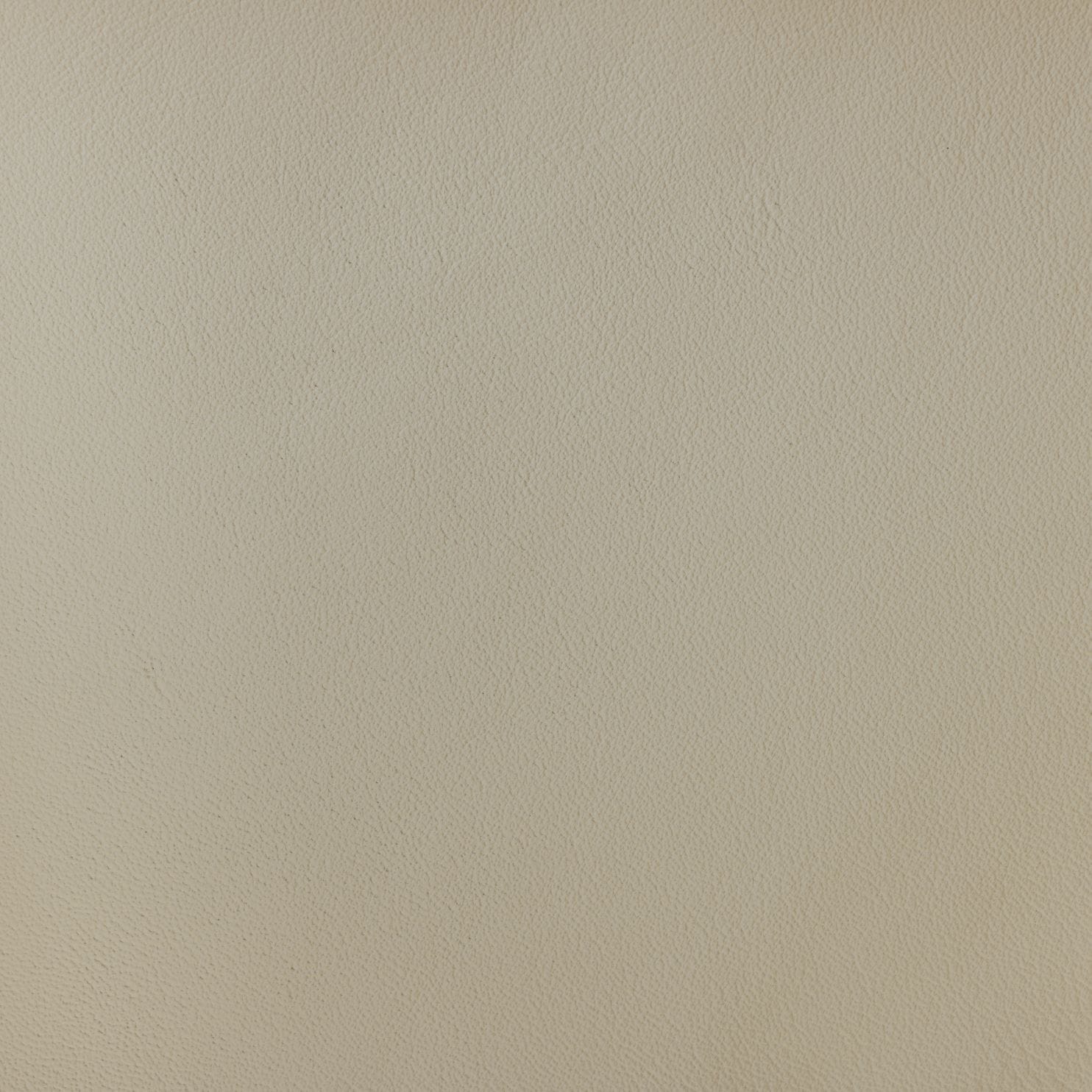
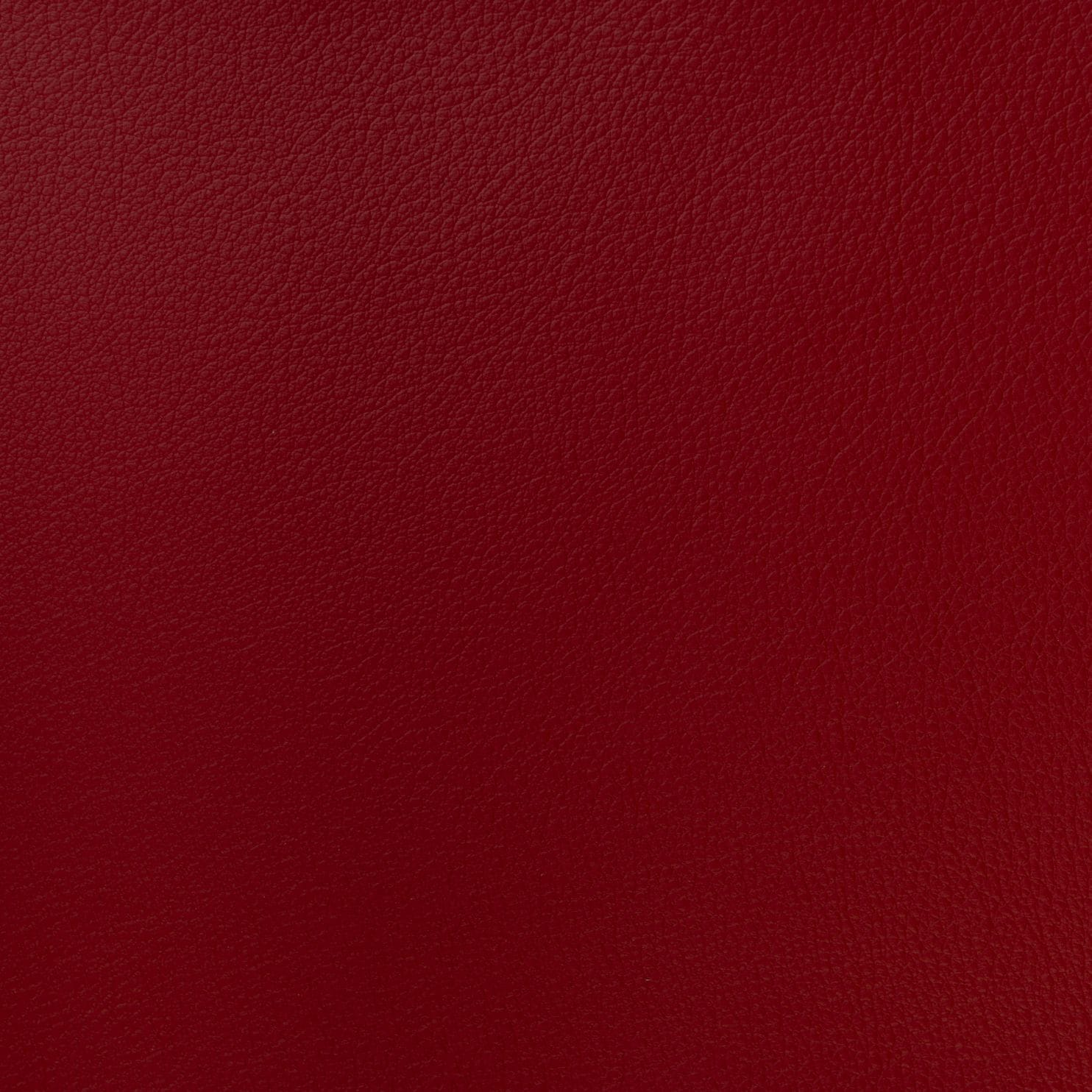
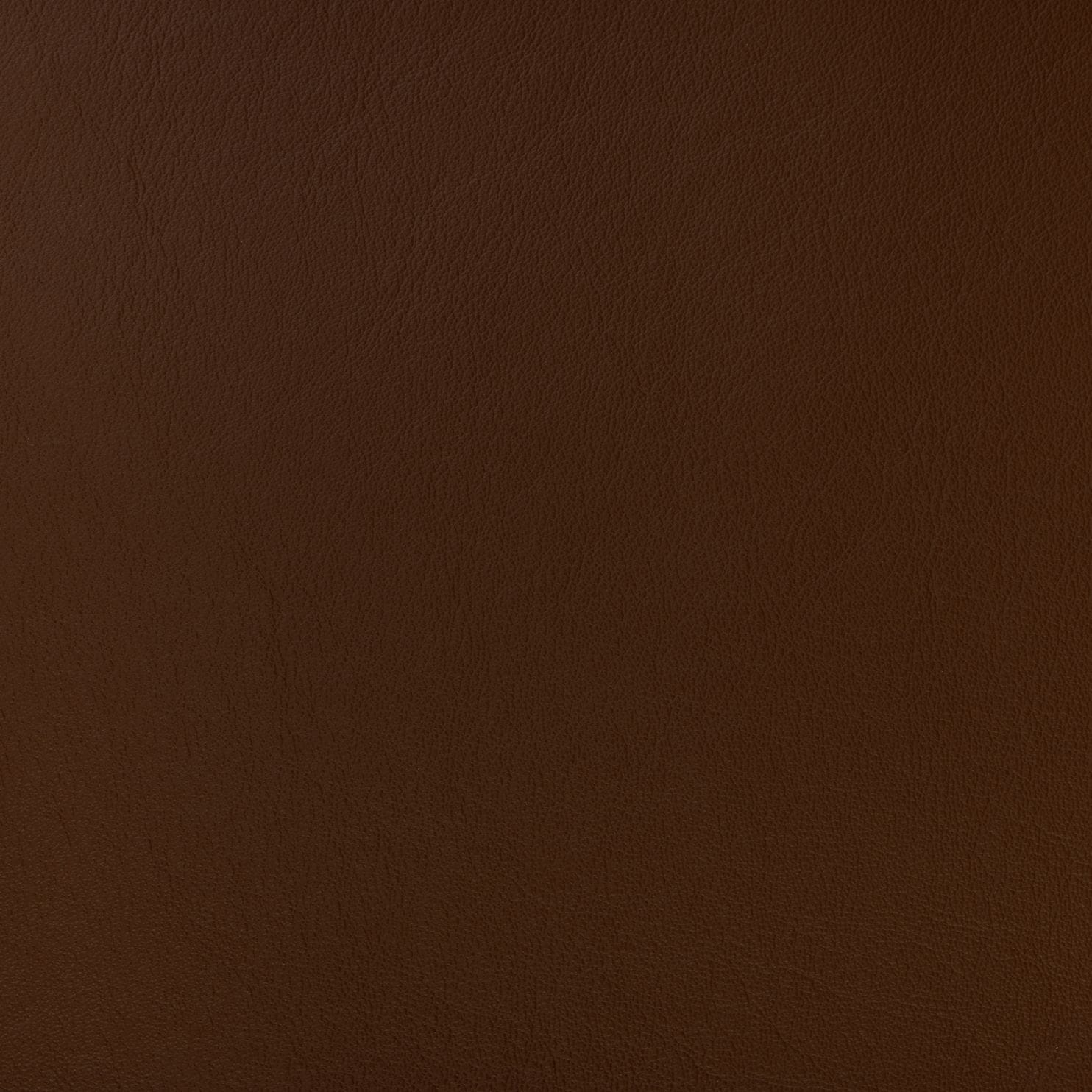
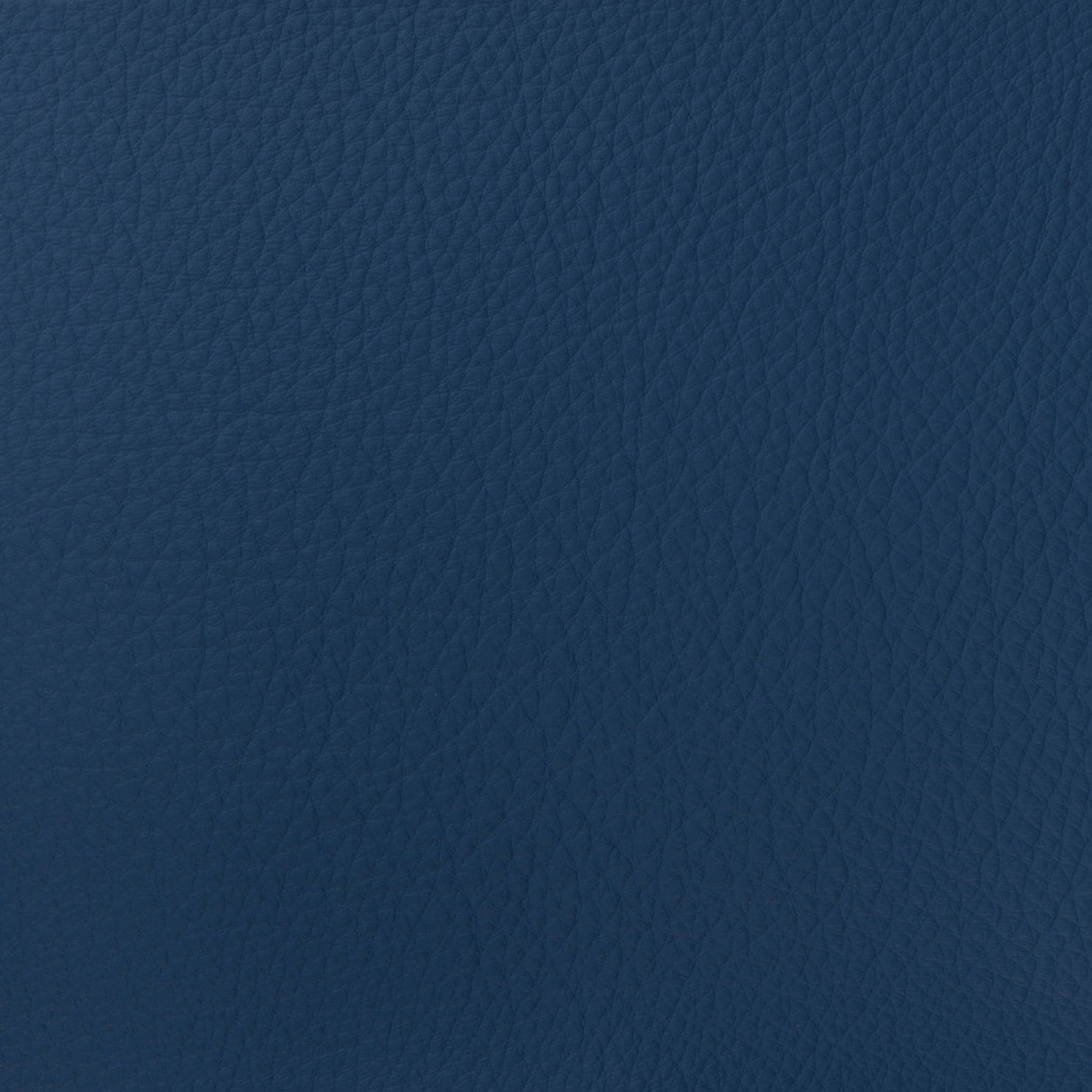
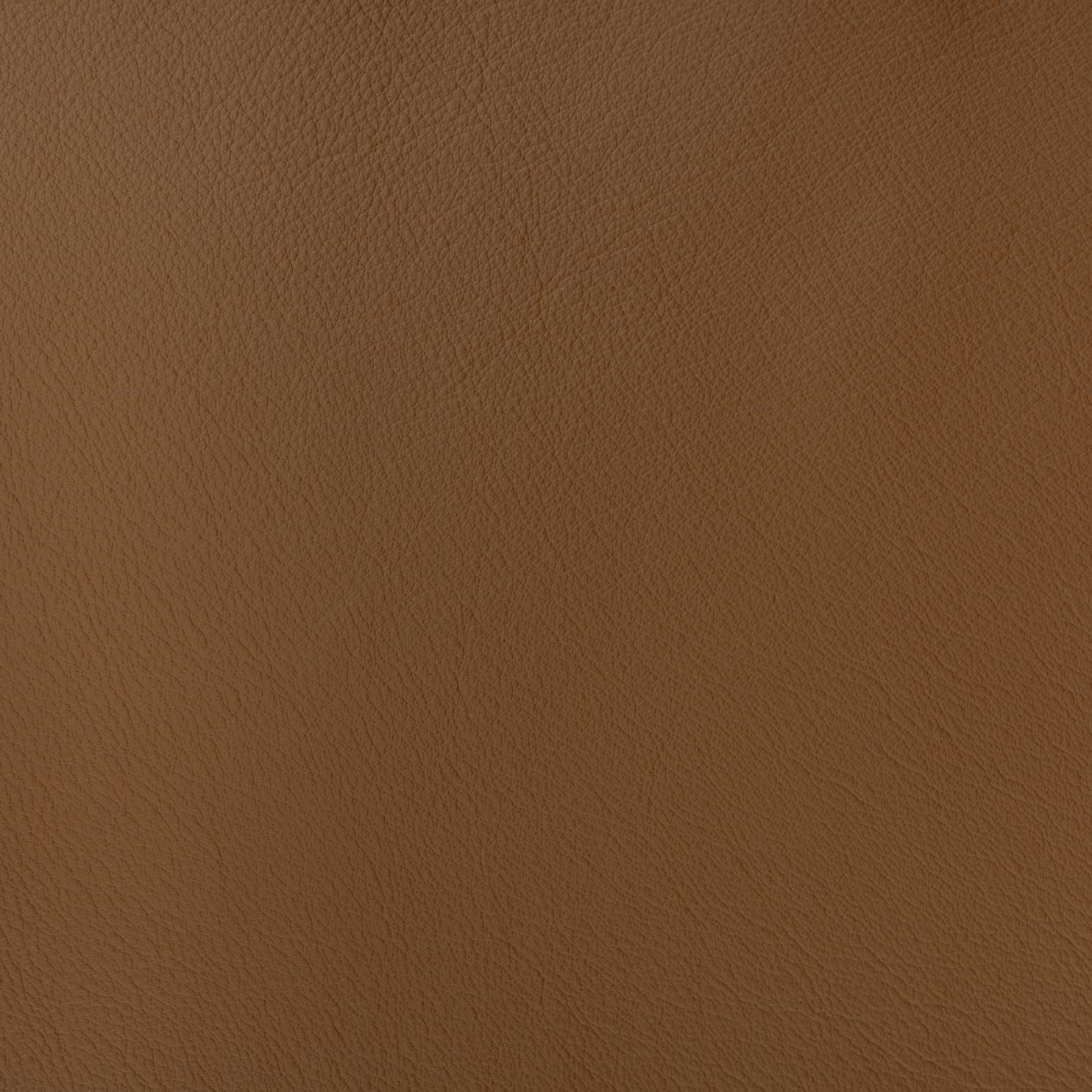
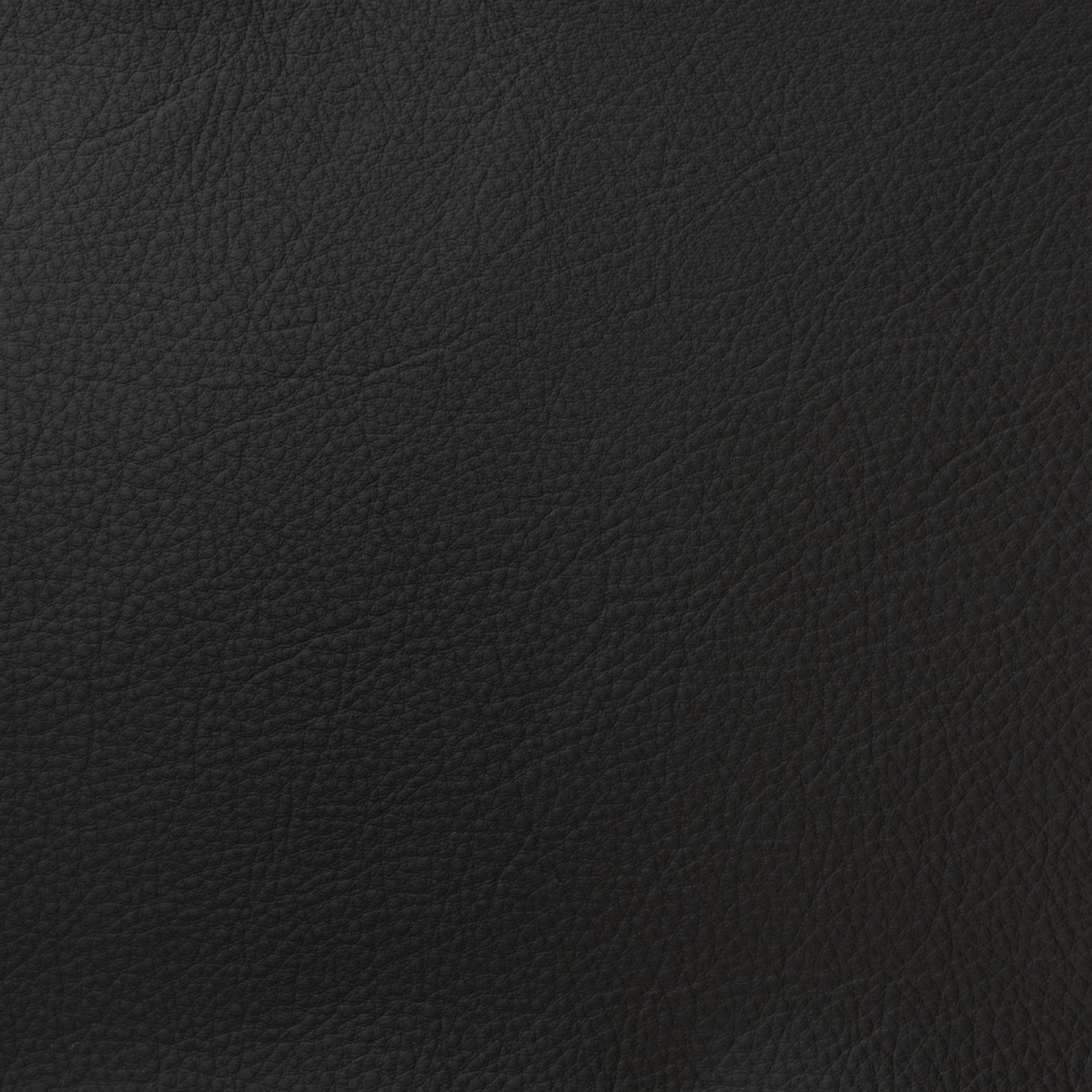
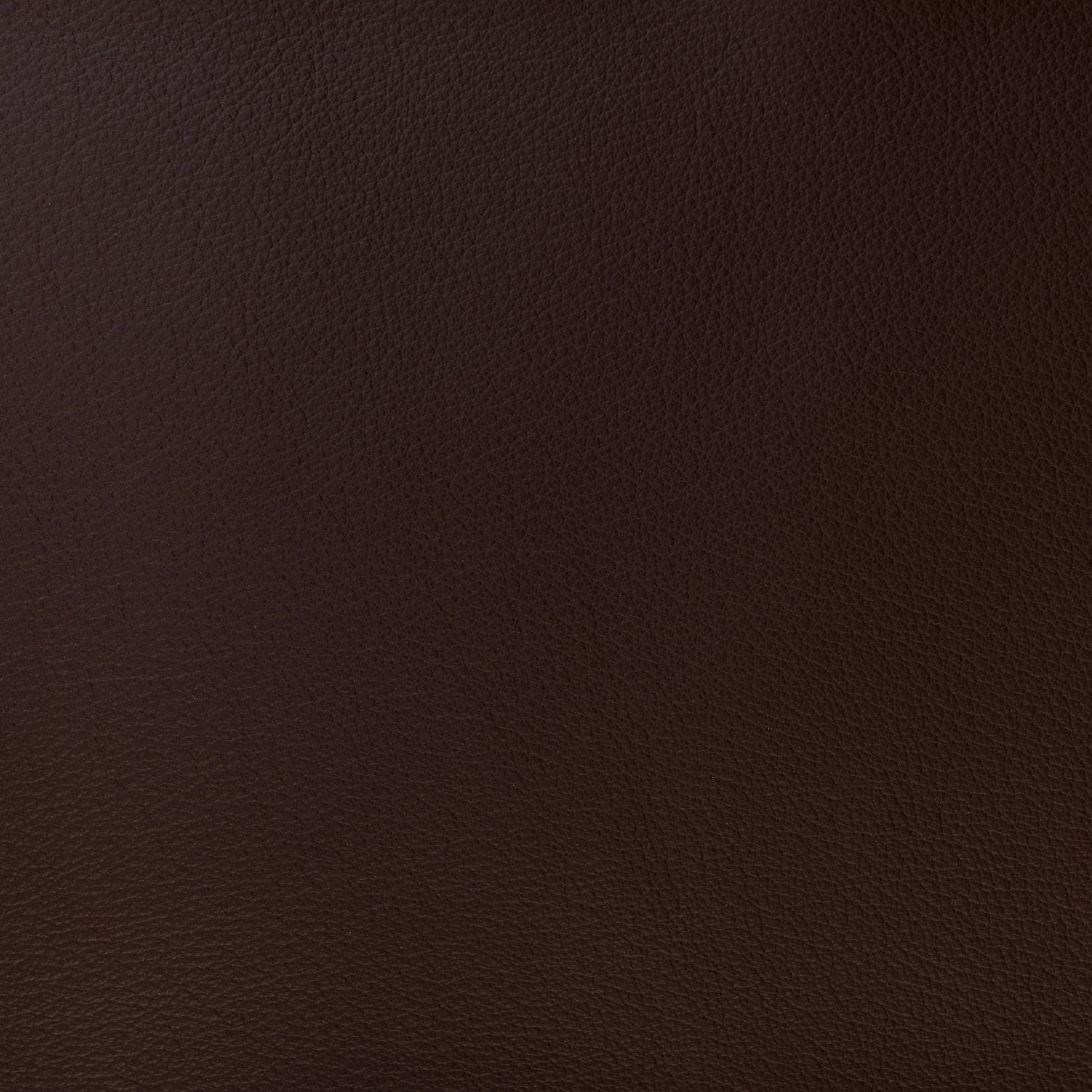
The leather offered in 12 colour shades is a cowhide leather dyed through in the drum and only lightly covered with dye. This 1.0 - 1.2 mm thick semi-aniline leather is of the highest quality and purely aniline-dyed. It is elegant and supple and has a soft feel.
Aniline-dyed leather has open pores and is therefore particularly kind to the skin. The development of a patina is unavoidable with heavy use of the furniture. If possible, aniline-dyed leather should only be cleaned with a dry, soft cloth.
Leather must never be treated with harsh cleaning agents, solvents, wax or shoe polish. Even if special cleaning agents are used, stains on leather upholstery often cannot be removed without leaving residues. Textiles can discolour light and white leather colours in particular. These colour stains are very stubborn and often cannot be removed from the leather due to their unclear chemical composition.
As with any natural product, slight irregularities may occur in leather. Due to its natural elasticity, wrinkling cannot be ruled out, regardless of the processing method. This does not constitute a reduction in quality and is therefore no reason for complaint.
GLASS
Toughened safety glass (ES glass), as used for the RK 12 side table, is characterised by its high impact and bending strength. In the event of breakage, the top disintegrates into small crumbs, which significantly minimises the risk of injury. There are no large, sharp shards.
The disadvantages of this design can be minor visual impairments. However, in view of the much higher level of safety comfort, we believe that these minor visual restrictions are acceptable.
A glass pane always breaks due to damage to its surface, especially damage to the edge. This can lead to the formation of cracks and, as a result, even with a time delay, to panel breakage. Care must therefore always be taken when handling the glass panel. Sheets damaged in this way may not survive transport from the factory to the end customer; they would inevitably break due to the vibrations during transport.
For this reason, no liability can be accepted for any panel breakage after the table has been put into use.